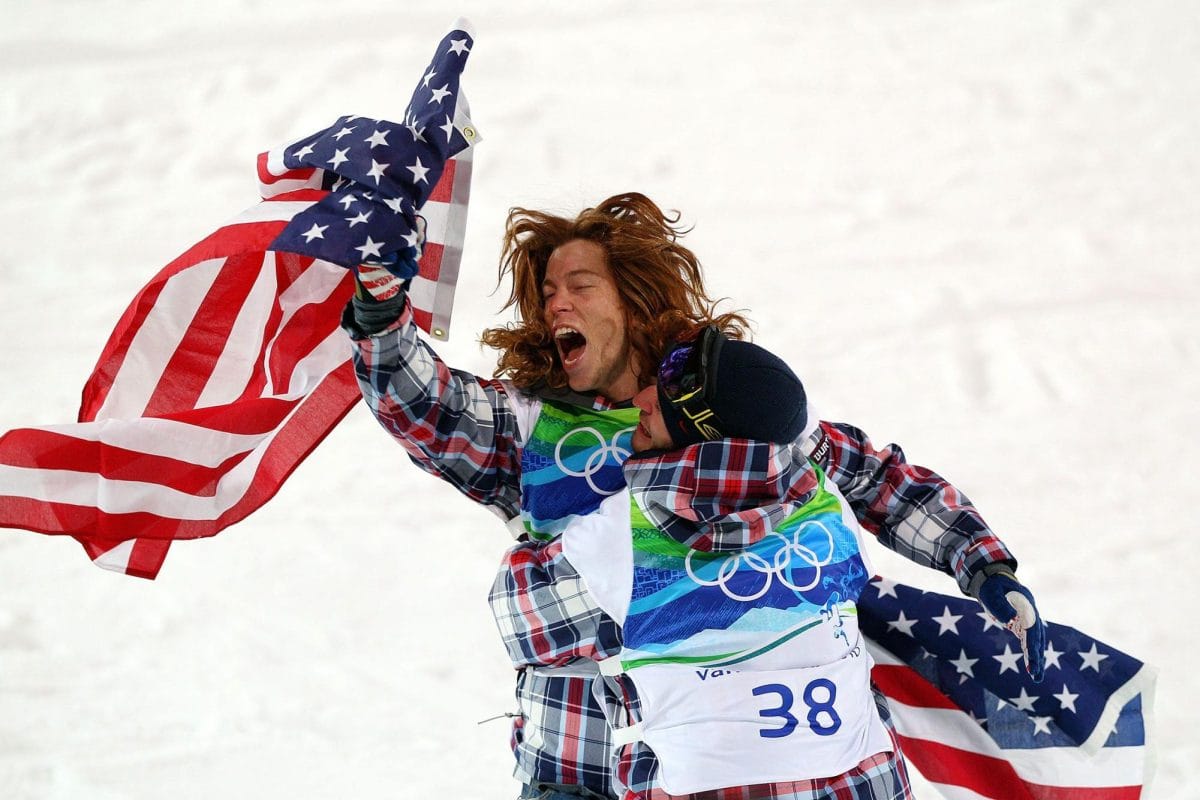Even with recent improvements in concussion and overall injury policies in high school sports, the troubling culture persists. Many athletes and coaches alike mind-bogglingly still seem to prioritize winning meaningless games above the long term health of the athlete.
For me, a concussion is one of the scariest things imaginable. The thought of developing Alzheimer’s Disease at age 45 is terrifying, but many athletes seem to brush the risks off as “not that big of a deal,” often rationalizing putting themselves at risk by saying “it won’t happen to me.”
According to the United States National Institutes of Health (NIH), second impact syndrome is defined as a “condition in which a second concussion occurs before a first concussion has properly healed, causing rapid and severe brain swelling and often catastrophic results.” This condition can indeed happen to anyone; there are reports of it in cases weeks after the original concussion, one which was very mild. The timeline of second impact injury varies; it can also occur in the same game or practice if the athlete isn’t removed and treated after the first concussion.
Second Impact Syndrome often results in death; however, even if death is avoided, the athlete still faces a bleak long-term prognosis. Early-onset Alzheimer’s is a possibility, as is irreparable brain damage. Teenagers are especially susceptible to the syndrome, largely because the brain has not yet fully developed at that age. Yet, according to a recent study by the NIH, “15.8% of high school football players who sustain a concussion severe enough to cause loss of consciousness return to play the same day”.
Tragically, deaths do happen in high school sports, and a large portion of them are due to head injuries and Second Impact Syndrome. However, even those who do survive the condition and its 90% mortality rate almost always face debilitating problems for the rest of their lives.
In 2007, high school football player Cody Lehe’s headache after being hit in the head during a game was so bad that he asked to be taken to the hospital. Even though his CT Scan was clean, his decision to return to practice soon after changed his life forever.
Lehe was again hit in the head, and suffered Second Impact Syndrome. He had massive swelling in his brain and slipped into a coma. Lehe survived the ordeal, but now, six years later, struggles with short term memory loss and cannot walk without aid.
“I think the biggest thing is we have got to get the kids to understand to listen to their bodies,” Said Cody’s mother, Becky Lehe in an interview with ABC. “I think he had this discussion with himself, saying, ‘I feel like crap, but my CT scan is fine, so I’ll play.'”
These players are risking their long term health and mental ability to return to high school football games and practices, that, in the grand scheme of things, mean absolutely nothing. In contrast to what many athletes may tell you, high school sports are not life or death. They are not worth risking your life over.
It is not just concussions and head injuries whose effects can last for decades; many athletes who suffer lower leg and knee injuries feel effects for the rest of their lives. According to a recent Hospital for Special Surgery study, 7 to 11 years after the initial Anterior Cruciate Ligament (ACL) injury, the risk for cartilage loss to the lower portion of the thighbone was 50 times greater than that seen for those who never suffered a knee injury. In addition, the risk for cartilage loss in the kneecap was 30 times higher.
Nobody should die or be permanently handicapped playing the sport they love. Sports are not everything; just ask former Rutgers University football player Eric LeGrand, who was paralyzed while making a tackle in a game in 2010. Or, ask the countless mens and womens soccer and basketball players who have been crippled for years by knee injuries.
This speaks to a growing trend where sports have become more and more violent, and severe injuries are becoming common and are brushed off for that reason. A high school athlete should never have to suffer through an injury after which they are crippled for the rest of their lives. It is just not worth it.





































